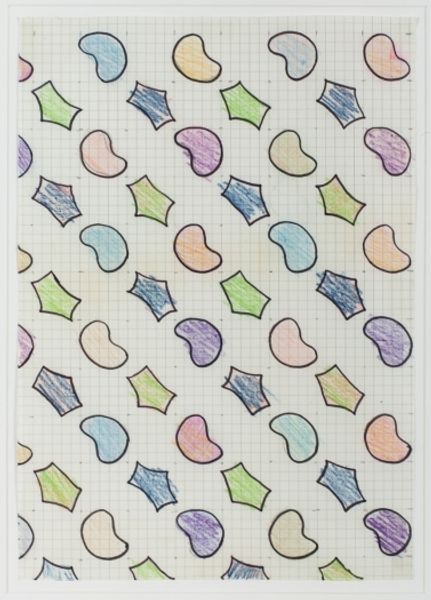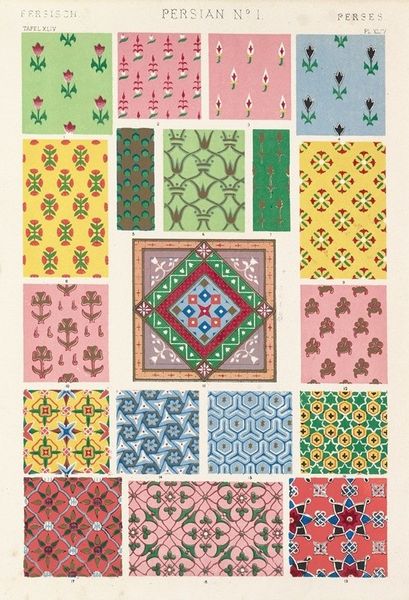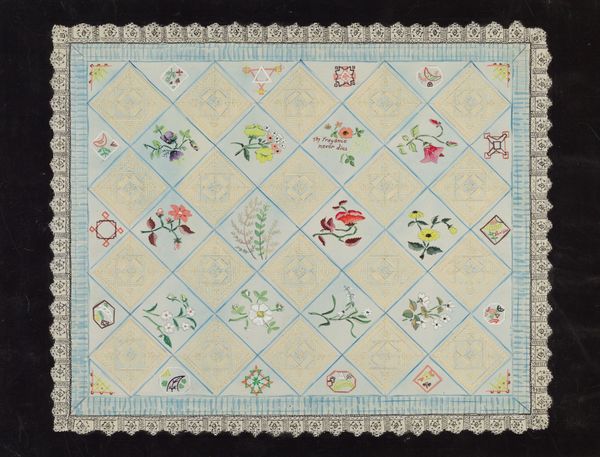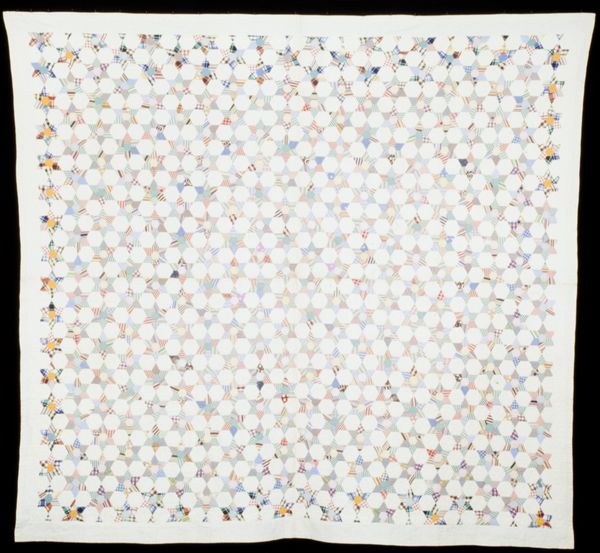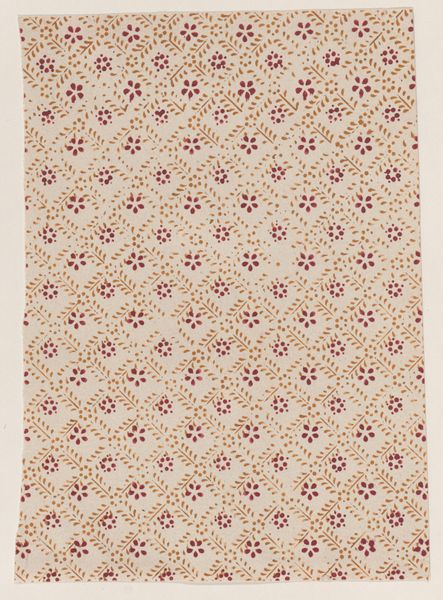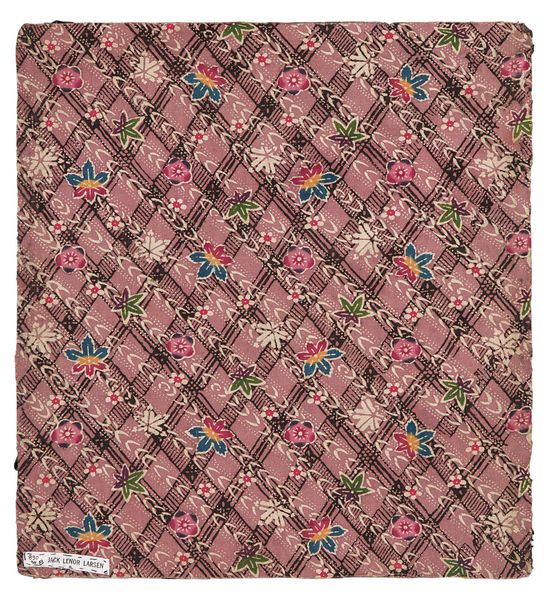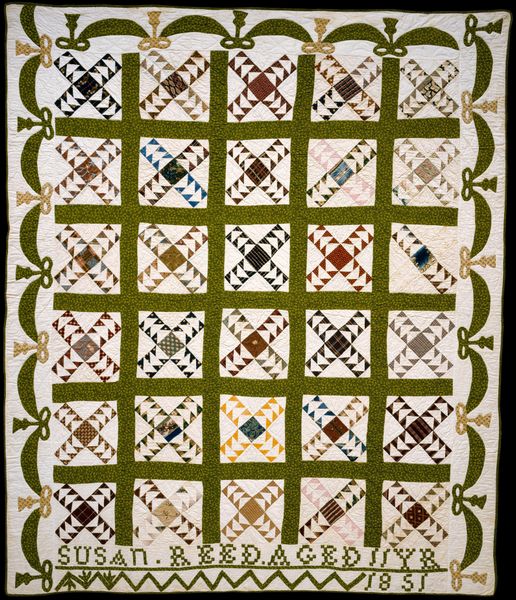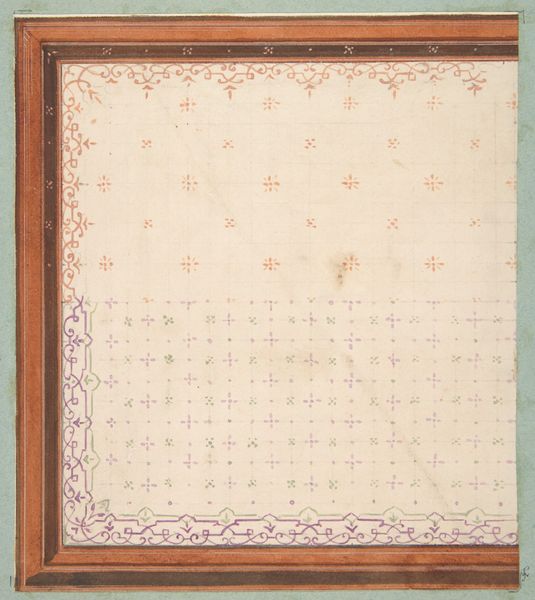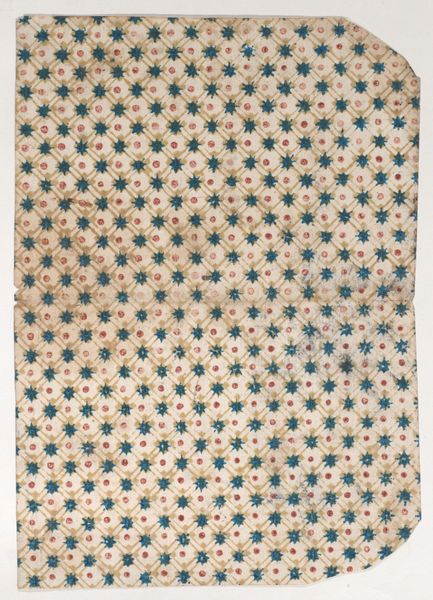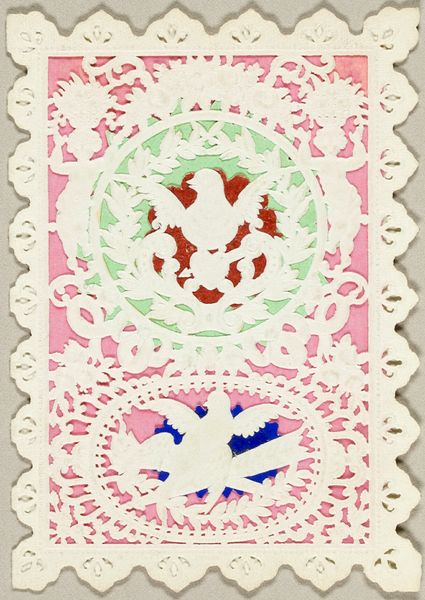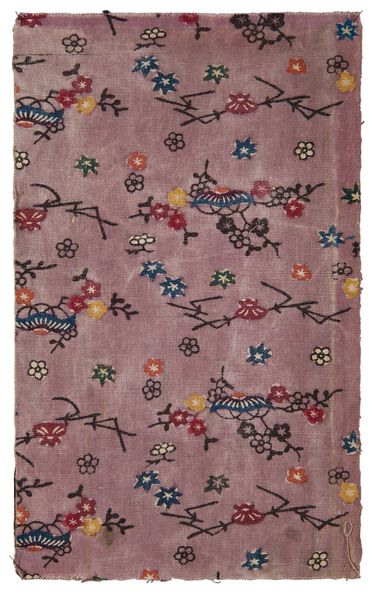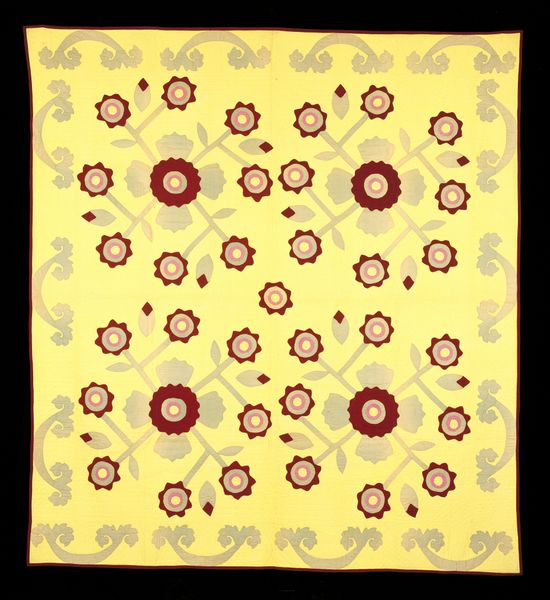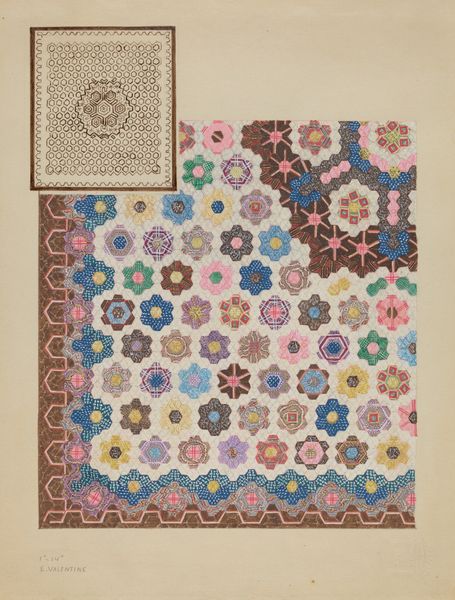
drawing, collage, paper, pencil
#
drawing
#
collage
#
pattern
#
paper
#
geometric
#
pencil
#
geometric-abstraction
#
line
Copyright: Konrad Lueg,Fair Use
Curator: Konrad Lueg's "Untitled (Muster Auf Kästchenpapier)" presents a striking study in geometric abstraction using drawing and collage techniques. It is, for lack of more specificity, categorized as paper with pencil on paper. What is your initial take on this seemingly simple piece? Editor: It hits me as joyful, maybe even naively optimistic. It looks like a kid doodled a field of happy flowers on their math notebook. There’s this lovely freedom in the looseness of the shapes that contrasts nicely with the rigidity of the graph paper underneath. It’s charming! Curator: That sense of child-like freedom might have been very intentional. Lueg was closely associated with the “Capitalist Realism” movement in Germany which reacted against both Socialist Realism and the abstract trends dominant in the art world at the time. The grid subverts the supposed artistic freedom that was praised. Editor: That's a great connection, reflecting everyday realities into art! The choice of what looks like standard graph paper is also striking. Is there anything symbolic or referential about using these sorts of basic materials? Curator: Graph paper certainly removes the pretension often associated with high art materials. Its repetitive nature mirrored mass-produced items characteristic of capitalist society and hints towards themes of consumerism and conformity that artists like Lueg interrogated. Editor: So the very substrate undermines artistic autonomy? That is clever. I keep coming back to the floral motifs themselves. There's something pleasingly amateur about the way they're rendered, adding a playful energy despite the deeper connotations. Curator: Precisely, it is that dissonance that allows one to begin interpreting its nuances. These are crude approximations of flower forms set in orderly, yet contrasting colorations. In this way the simplicity is deceptive. Editor: Well, for me, seeing those crayon-like colors brings an unexpected warmth. And knowing that history you describe certainly enhances my understanding! Curator: Indeed, appreciating the dialogue between simplicity and context offers a rich appreciation for the intention. It gives new light to the mundane as art. Editor: Right. And that exploration is what continues to fascinate me most!
Comments
No comments
Be the first to comment and join the conversation on the ultimate creative platform.
